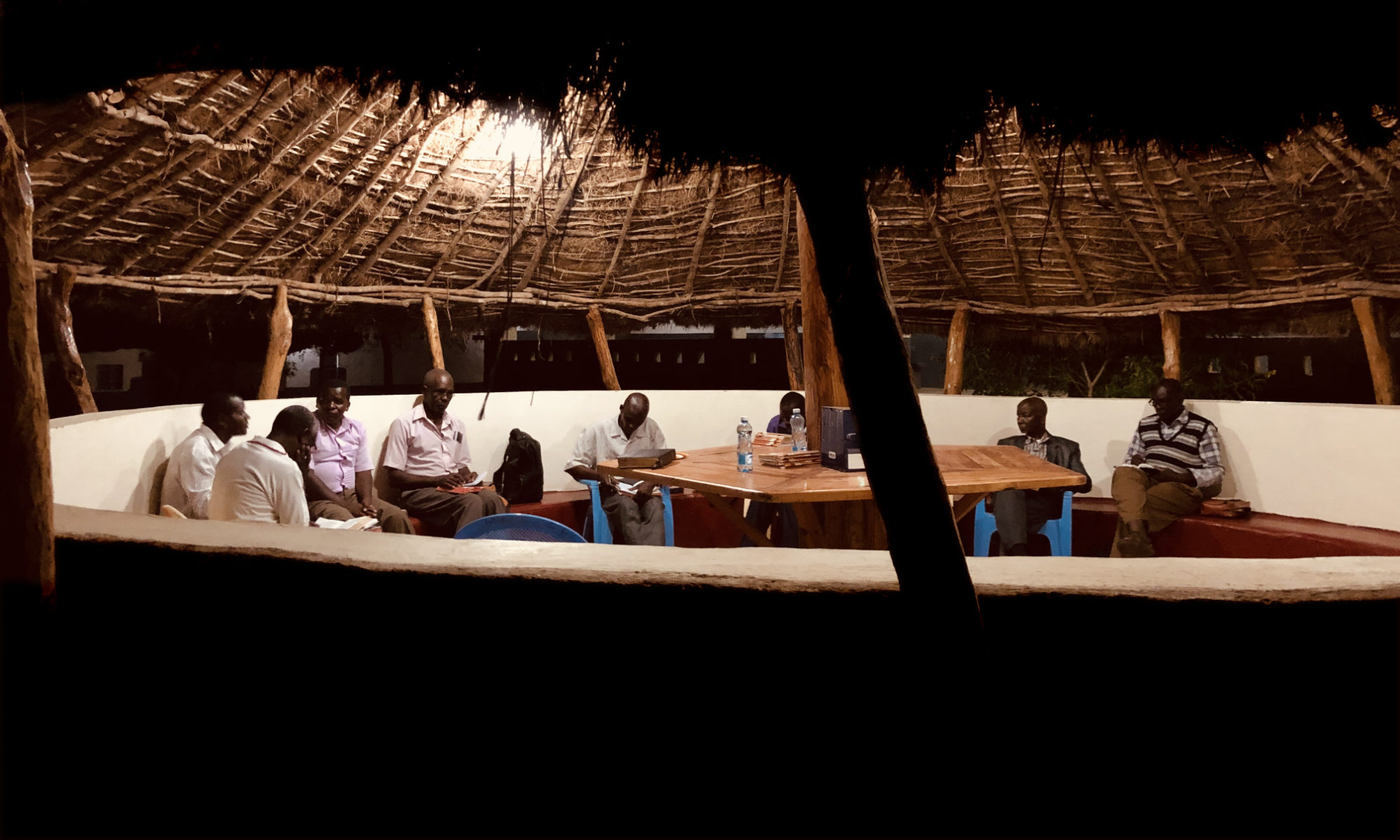
Johann Ludwig Krapf was born on January 11, 1810 near Tübingen, Germany. He was one of four children, and his father was a farmer. After completing his studies at the village school, young Ludwig was given a rare opportunity to study at a grammar-school in Tübingen.
When he was 15 years old, the school rector read an essay on reaching the heathen with the gospel, and Ludwig was immediately gripped with the idea. He had never heard of missions. Two years later, he entered the Missionary Institute in Basel and was eventually ordained as a Lutheran minister. At Basel, he had been introduced to the work of the Church Missionary Society (CMS), the missionary agency of the Church of England, and in 1837 that organisation sent him to Ethiopia.
Beginnings in Ethiopia (1837-1843)
While in Ethiopia, Krapf studied linguistics, with such accomplishment that the University of Tübingen awarded him an honorary doctorate. His evangelistic work was attended with great difficulty, however. He was eventually forced to leave Ethiopia, partly due to opposition from two French Roman Catholic Priests. Having learned of an ethnic group called the Oromo, living in the southern part of Ethiopia, he decided to travel south.
Arrival in Kenya (1844)
On November 11, 1843, Krapf set out from Aden with his wife Rosine, and arrived in Mombasa on January 3. He immediately began to study the Kiswahili language and by June he had begun a preliminary translation of Genesis. “I always considered that day,” he wrote, “the most important day of my life.”

His sense of accomplishment, however, was to be shadowed by tragedy. In July, his wife died one week after delivering a healthy baby girl. The baby died a few days later. While grieving these great losses, Krapf wrote home to tell the CMS that the graves of his wife and infant child were “the pledge of future triumphs of the Gospel in Africa.”
“Tell our friends at home,” he continued, “that there is now on the East African coast a lonely missionary grave. This is a sign that you have commenced the struggle with this part of the world; and as the victories of the church are gained by stepping over the graves of her members, you may be convinced that the hour is at hand when you are summoned to the conversion of Africa from its eastern shore.”
Further developments in Kenya (1844-1855)
Krapf pursued this vision with a definite and considered strategy to penetrate Africa with the gospel. Using Mombasa as a starting point, he made connections in the surrounding area, and studied the geography and languages of his new mission field. His main ministry was preaching.
I was neither a soldier nor a merchant, nor a physician, exorcist, nor enchanter; but was a teacher, a book-man who wished to show … the right way to salvation in the world to come.
Johann Ludwig Krapf
The long-term goal was to establish a sustainable, indigenous Church across the African continent. Krapf knew that his work was a work of years, perhaps even of a generation, but he was willing to begin by faith. “Though I should have to fall,” he wrote in 1851, “it does not matter; for the Lord is still king and will carry on and complete His cause in His own good time.”
With his friend and fellow missionary John Rebmann, Krapf ministered for 11 years at Rabai, about 20 miles inland from Mombasa. The two became well known for their travels and explorations and were celebrated as the first Europeans to see Mt. Kilimanjaro and Mt. Kenya. They were not primarily concerned with discovery, though, but with the spread of the Gospel. Their linguistic and geographical research helped to open up large parts of the continent for missionaries in later years.
Final years

Exhausted after 18 years of travel and labour, Krapf returned home to Germany. From there, he continued his linguistic research. He remained active in the effort to evangelize Africa as a publisher and advisor. On the evening of Saturday, November 26, 1881, Krapf spent time at home with a friend discussing the second advent of Christ. The following morning, the first Sunday in Advent, he was found dead, kneeling by his bed. He had been taken to glory in the act of prayer.
Krapf’s legacy
Krapf’s name is still known in Kenya today. The German embassy in Nairobi is called “Krapf House,” a modern echo of the honor paid to him by the King of Prussia, who once invited Krapf to dine with him. There are many monuments and memorials to Krapf in East Africa, including a small museum at Rabai Mpya, near Mombasa. He is known in Germany as the founder of Swahili studies.
Other than this, Krapf is largely unknown. No English biography of him has appeared in the past 70 years, which is surprising in light of his accomplishments as a scholar, missionary, and missions strategist. The Anglican missionary historian Eugene Stock said that “Krapf’s labours and sufferings in Abyssinia [Ethiopia] and the adjoining kingdom of Shoa [Shewa] form one of the most thrilling chapters of missionary history.”
We hope to introduce this missionary pioneer to a wider public in order to encourage many to participate in carrying on his vision of expanding Christ’s kingdom there.
